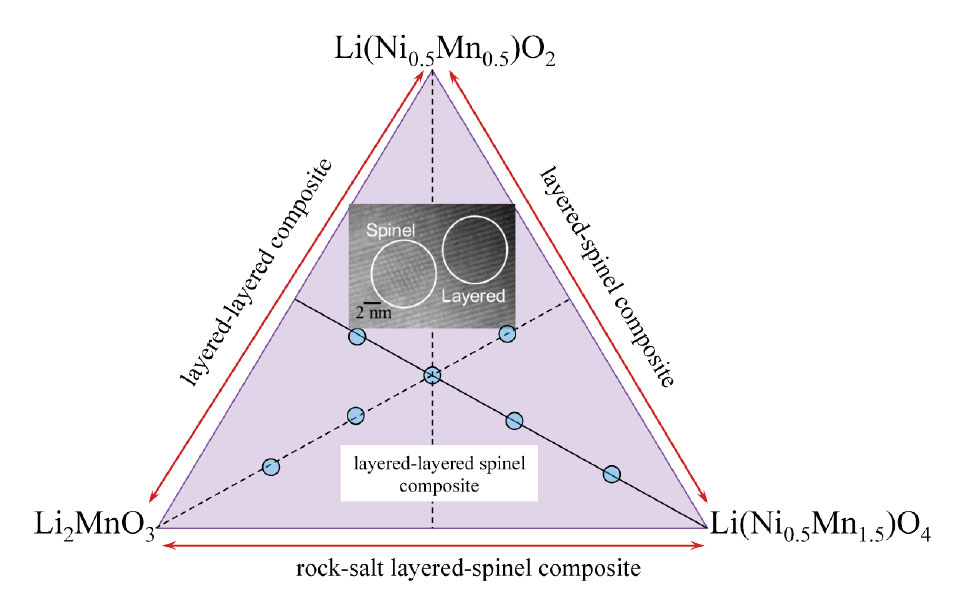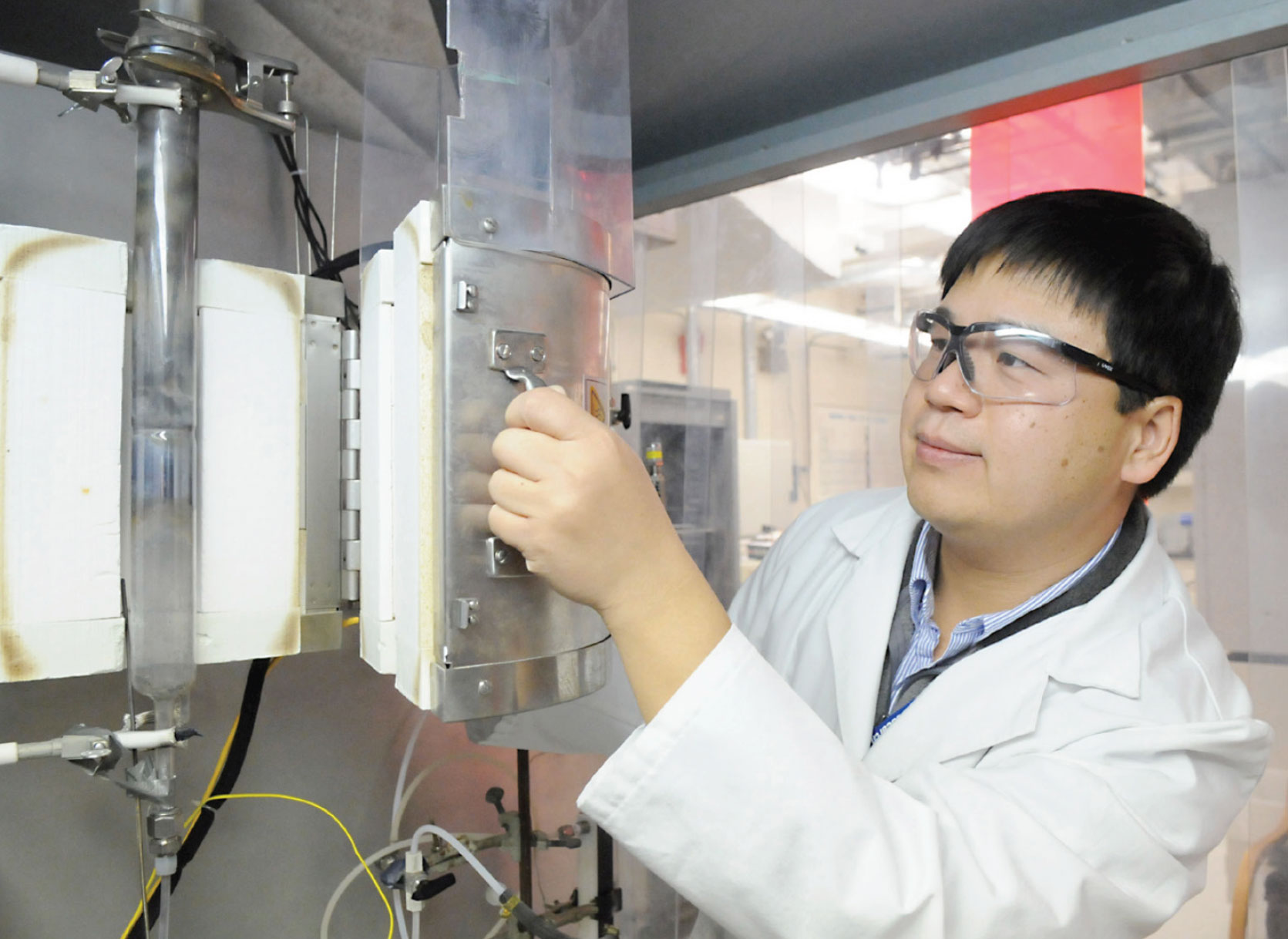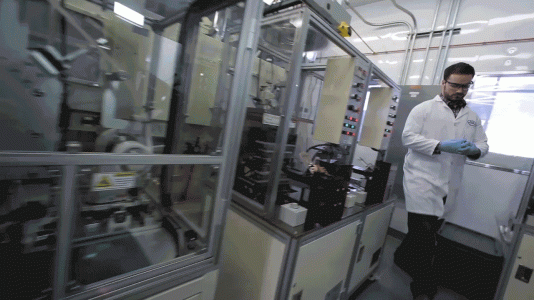- ANL-IN-04-076 & ANL-IN-08-087 entitled “MANGANESE OXIDE COMPOSITE ELECTRODES FOR LITHIUM BATTERIES”
- ANL-IN-17-037
- ANL-IN-18-140
Technology Overview
Argonne’s family of manganese and lithium rich materials includes a range of cathode structures, including layered-type structures, spinel-type structures, rocksalt-type structures, and combinations thereof. For example, “layered-layered-spinel” materials with high-rate and stable voltage that are composed of lithium manganese nickel oxides have been discovered and can be used to replace high-energy multi- component “layered-layered” type or single-phase high-rate spinel-type structures for lithium cells and batteries.
See Surface structures, treatments and coatings for high-voltage lithium metal oxide electrodes for complementary surface treatment and coating technologies.
Benefits
- These new material compositions provide substantially higher capacities than state-of-the-art layered lithium/cobalt/nickel/oxide materials, such as nickel-manganese-cobalt (NMC).
- Due to the spinel component, these cathodes are endowed with high power where they can be charged and discharged rapidly.
- The multi-component nature of these materials can be optimized in the phase space in the figure according to the manufacturer’s needs.
- Manganese is less expensive to use and more chemically benign than cobalt or nickel. Either low-cost elements and/or other elements may be doped into the structure to provide better performance, at a lower cost, as needed.
Applications and Industries
Electrodes used in batteries for:
- Electric and plug-in hybrid electric vehicles,
- Stationary energy storage systems,
- Portable electronic devices,
- Medical devices, and
- Space, aeronautical, and defense-related devices.
Developmental Stage
Ready for commercialization.


